This project is made possible through the partnership of WATER CHARITY and the NATIONAL PEACE CORPS ASSOCIATION. ![]()
Location
This project summary has been redacted for security reasons to omit the specific project location.
Mxxxxx, Serengeti, Mara, Tanzania
Community Description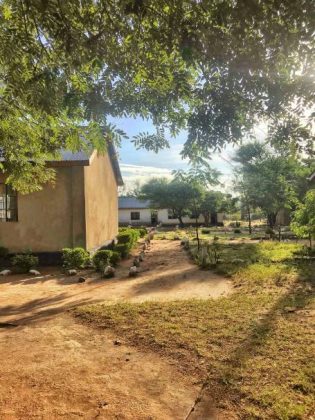
Mxxxxx Secondary School sits on the outskirts of Mxxxxx, Serengeti, a small town located in northwest Tanzania. The geographical area in and around the school is comprised of long, rolling hills dotted with small settlements of members of the Kurya tribe, the most dominant demographic in the Mara Region.
Students walk between one and six kilometers from nearby villages to get to school. The outskirts of town and nearby villages are home to a population of about three thousand people. About two-thirds of the population either owns livestock or works in the agriculture industry on modest farms. The remainder owns small shops closer to the town center.
Problem Addressed
Life in rural Mara is pastoral. Mothers and fathers alike work on farms where they grow crops to sell in the town market, while young children are tasked with herding the family cattle. Closer to town, activity picks up as local shopkeepers and vendors host a large market area. Organizations that offer access to Serengeti National Park also use the town as a location to gather supplies for their bustling tourism businesses.
While school is not always prioritized, there has been a recent boom in the school’s student body, an indication that the general attitude towards education is changing for the better. Description of Problem: Despite the area’s direct connection to the tourism industry of Serengeti National Park, little revenue trickles down to the local community, leaving the over one thousand students of Mxxxxx Secondary School without access to basic necessities, including clean water.
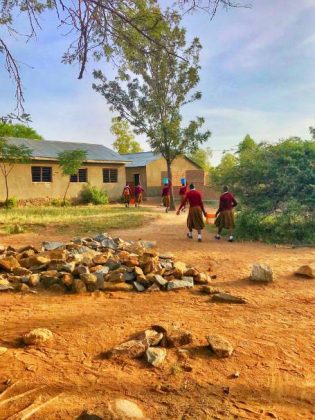 The well-located on school grounds is the only water available. However, this well is consistently contaminated with unsafe algae, insect and mosquito larvae, and livestock waste that flows in after the rains. According to the 2017 Tanzania Malaria Indicator Survey (TMIS), the prevalence of malaria in Mara is 11.2%, well above the national average of 7.3%. Because the well is left uncovered at all times, diseases like malaria continue to spread.
The well-located on school grounds is the only water available. However, this well is consistently contaminated with unsafe algae, insect and mosquito larvae, and livestock waste that flows in after the rains. According to the 2017 Tanzania Malaria Indicator Survey (TMIS), the prevalence of malaria in Mara is 11.2%, well above the national average of 7.3%. Because the well is left uncovered at all times, diseases like malaria continue to spread.
Consumption of contaminated well water also leads to serious health issues like diarrhea, forcing students to miss crucial class time and increasing the risk of more serious health complications to arise. If the water system on campus runs dry, the only alternative is a different well located over a quarter of a mile away. In this case, students are required to haul bucket after bucket of water every morning, causing them to miss even more class time. While both male and female students are assigned this task, the job is disproportionately allocated to girls on campus, increasing the education and economic disparity between men and women in the community. Reliance on the water system currently in place is unsustainable, and community leaders have identified the lack of clean water as the most pressing concern for the community’s overall health, education, and general wellbeing.
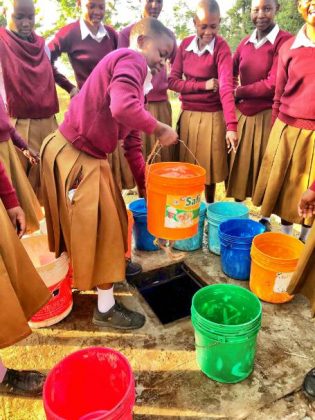 Project Description
Project Description
To curb the area’s reliance on the current water sources, community officials have proposed building a rainwater harvest system onto school buildings. The system will consist of approximately 125 meters of gutters, five cement platforms, and five 5,000-liter polyethylene storage tanks. The gutters will be held in place with reinforced gutter clamps, and pieces of wire mesh will prevent unwanted debris from entering the water supply. Water will be collected through a simple pipe and spigot system that will be fitted onto each tank. This spigot method will decrease direct contact with the tanks themselves, ensuring the longevity of the entire system.
There are three phases necessary for this project’s implementation. Phase One will involve the purchase of all needed materials. Most materials are readily available in town and will be delivered within two weeks. The polyethylene SIM tanks, however, will be ordered from Arusha and will take up to four weeks to be delivered to Mxxxxx Secondary School. Materials will be kept inside the school’s lab to ensure their safety. Phase Two will consist of the construction of the cement platforms upon which each tank will sit. The platforms will be constructed before the tanks arrive to ensure that the tanks are kept off the ground, where they could be contaminated or damaged. Each tank will be accompanied by approximately 25 meters of gutters that will direct rainwater into the tanks. Phase Three will include fitting these gutters onto school buildings. All construction will be overseen by a local contractor who has experience in and around Mxxxxx and is trusted by the local community and District Education Officer.
In total, the contribution from the community makes up just over 25% of the total budget. Community officials will contribute raw materials such as stone, cement, and aggregate to build each of the five platforms that the tanks will sit on. Local workers have also agreed to waive a portion of the labor charges associated with building platforms and attaching the gutters to school buildings. The remainder of the labor charges will be paid by the school itself.
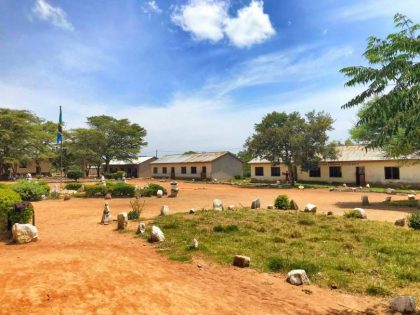 Project Impact
Project Impact
This project will impact the 1,143 people.
Peace Corps Volunteer Directing Project
Christian Perkins
Monitoring and Maintenance
School officials have agreed to set aside 8% of the annual budget allotted by the DEO should any maintenance needs arise on the rainwater harvesting system. This budget includes funds for the water tanks to be cleaned biannually. If no maintenance for the system is required for an entire fiscal year, the money from the previous year(s) will roll over to the next. These funds will be kept safe in the Mxxxxx Secondary School bank account that is controlled by Hamisi Maratati, the Head of the School. Upon the project’s completion, a permanent water committee comprised of school officials and subject teachers will be established. The school’s Environmental Master, who has experience building and maintaining similar water systems, will chair this permanent water committee. He will also demonstrate proper emergency maintenance procedures so other water committee members will be able to act appropriately should an unforeseen problem (i.e. a leak) arise. 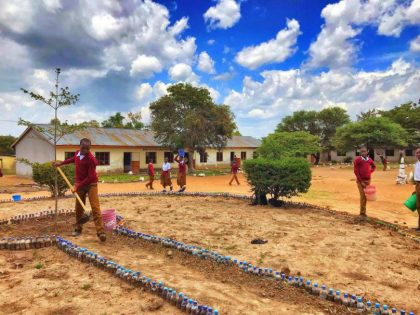 The school’s long-time security guard will protect the water system before and after school hours and on official school holidays.
The school’s long-time security guard will protect the water system before and after school hours and on official school holidays.
Upon the project’s completion, data regarding truancy, academic performance, and student health will be collected to measure the positive outcomes of its implementation. In conjunction with school officials, the nearby health clinic has agreed to provide anonymous health statistics to illustrate to a projected decline in waterborne illnesses among community members. The school’s own truancy records will be compared to those of previous years before the project’s implementation to measure any decrease in absenteeism among students.
Project Funding
Please contribute to this project.![]()